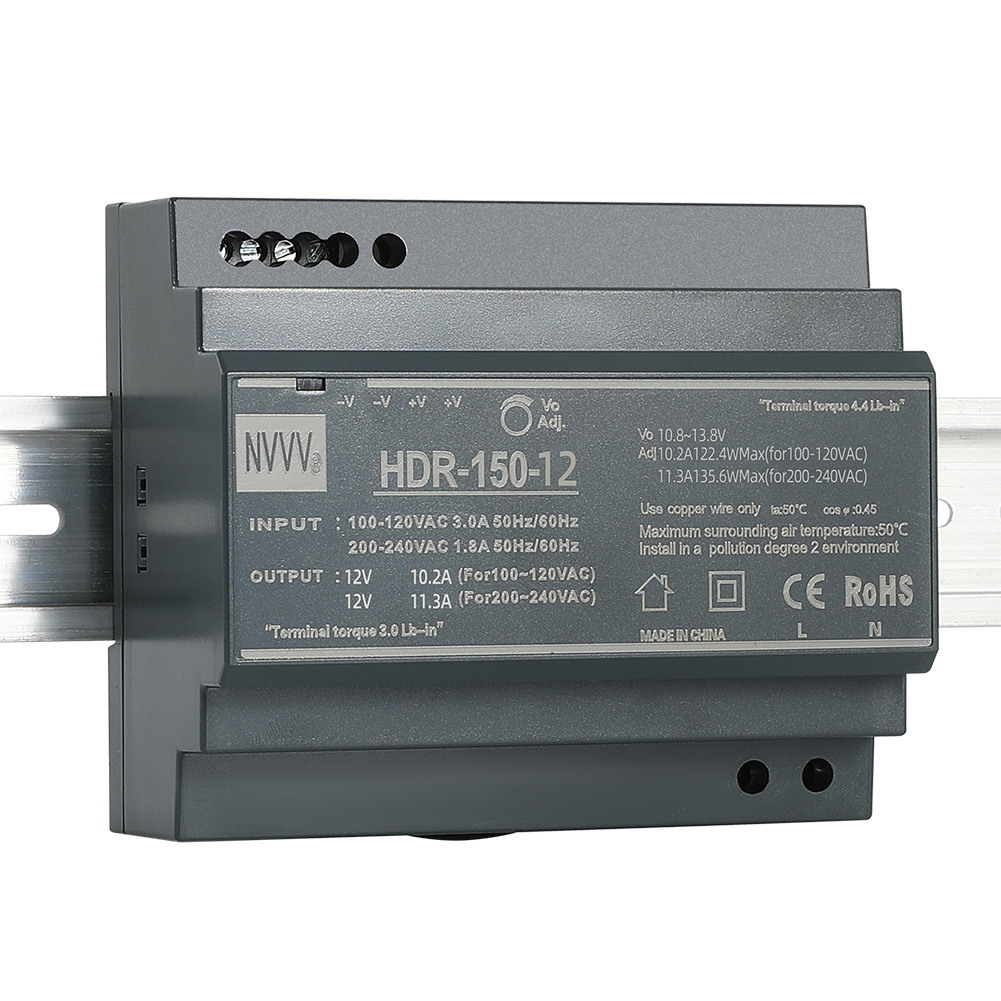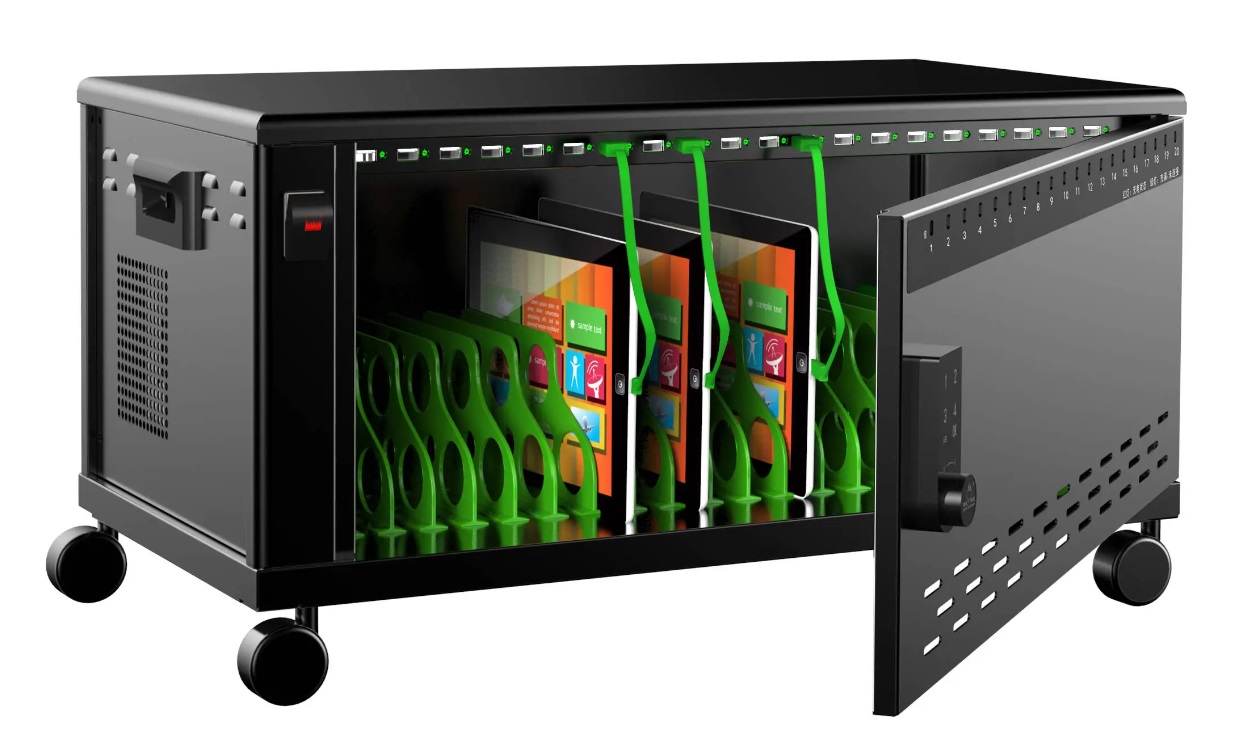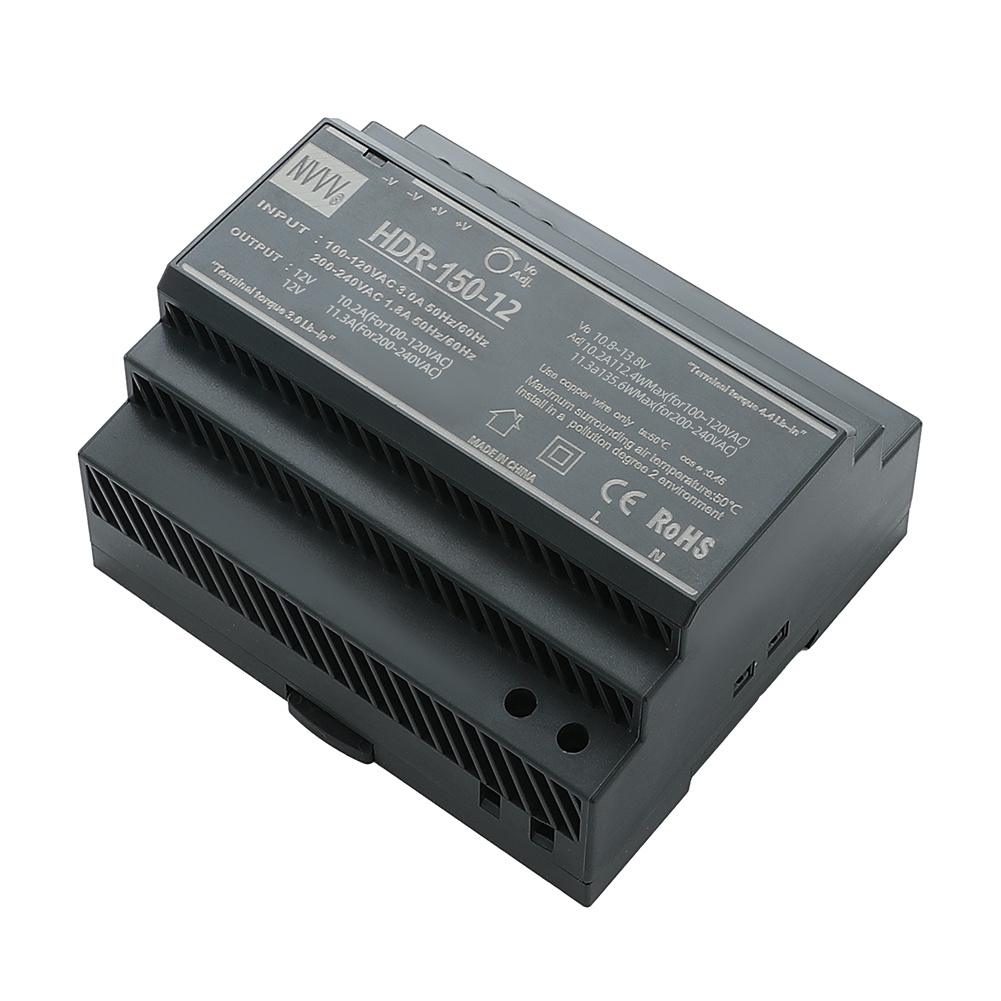Is SMPS an Inverter? Key Differences & Applications
In the field of power electronics, switch-mode power supply (SMPS) and inverter are two common power supply devices with wide applications and powerful functions. However, for non-professionals, the two are often confused and considered to be the same device. In fact, although SMPS and inverter have similarities in some principles, there are obvious differences in their working methods, uses and technical details. So, what is the difference between SMPS and inverter? This article will analyze the definition, working principle and key applications of SMPS and inverter in detail, and explore their differences.
1. What is a switched-mode power supply (SMPS)?
A switch-mode power supply (SMPS) is a power supply device that regulates and stabilizes the output voltage through high-frequency switching technology. SMPS can convert the input power (whether AC or DC) into the stable DC output required by the device, and is widely used in computers, televisions, industrial equipment and other fields.
Working principle of SMPS
The working principle of SMPS is based on high-frequency switching circuits. Unlike traditional linear power supplies, SMPS converts the input voltage into a high-frequency pulse signal, and then adjusts the output voltage through circuit components such as transformers, inductors and capacitors. The specific working process is as follows:
1. Input power conversion: The input power first passes through the rectifier circuit to convert alternating current (AC) into direct current (DC).
2. High-frequency switch control: Next, the output voltage and current are controlled by switching the current at a high frequency through the switching transistor.
3. Transformation and rectification: The high-frequency signal is regulated by the transformer, and then passes through the rectification and filtering circuit to output stable DC.
4. Output regulation: Through the feedback circuit, the SMPS can automatically adjust the output voltage according to the load changes to ensure that the device obtains the required power.
Advantages of SMPS
High efficiency: The energy conversion efficiency of SMPS is usually between 80%-95%, which is much higher than that of traditional linear power supplies, and is particularly suitable for high-power application scenarios.
Lightweight and compact: Due to the high-frequency operation, the transformer and other components of SMPS are smaller in size, and the overall design is more compact.
Widely used: switching power supply is suitable for various devices, including computers, TVs, routers, household appliances, etc., to provide stable DC power.
2. What is an inverter?
An inverter is a device that converts direct current (DC) into alternating current (AC). It is mainly used to convert the power generated by batteries, solar panels or other DC power sources into AC power that can be used by household appliances. Inverters are widely used in solar power generation systems, RV power systems and emergency backup power supplies.
Working principle of inverter
The core function of the inverter is to convert DC power into AC power and supply it to electrical equipment. The inverter can output stable DC power in the form of AC power through internal switching circuits and pulse modulation technology. Its specific working process is as follows:
1. DC input: The inverter receives DC power from devices such as batteries or solar panels.
2. Modulation circuit: The inverter uses pulse width modulation (PWM) technology to adjust the size and frequency of the current.
3. Output AC power: The modulated signal passes through the transformer and filter circuit, and finally outputs AC power that meets the requirements of household appliances (usually 220V or 110V).
Advantages of inverters
DC to AC: The inverter can convert DC power into AC power, which is suitable for scenarios where AC power is required, such as RVs, boats, outdoor power supplies, etc.
Emergency power supply: The inverter can be used with batteries or solar systems as a backup power supply during power outages.
Versatile applications: The inverter is suitable for a variety of devices, including TVs, refrigerators, lighting, laptops, etc.
3. What is the difference between SMPS and inverter?
Although SMPS and inverter both involve high-frequency switching and power conversion in their working principles, their main differences lie in the input power supply, output power supply, and application scenarios.
Different input power types
SMPS: The input power supply of SMPS can be AC or DC. Whether it is AC or battery-powered DC, switching mode power supply can convert it into a stable DC output.
Inverter: The input power of the inverter is usually DC, such as the DC provided by a battery or solar panel. The main function of the inverter is to convert DC into AC.
Different types of output power
SMPS: The output of SMPS is stable DC. It is usually used to provide DC power for electronic devices such as computers, TVs, and industrial control systems.
Inverter: The output of the inverter is AC, which is mainly used to provide AC power required by household appliances, such as TVs, refrigerators, etc.
Different application scenarios
Application scenarios of SMPS
SMPS is suitable for devices that require stable DC power. For example:
School network laptop charging cabinet: The charging cabinet in the school usually needs to provide power for multiple devices at the same time. SMPS can efficiently convert the AC power of the mains into stable DC to charge students' laptops or other devices. Its efficient energy conversion capability ensures that multiple devices will not be overloaded when charging.
3D printer: 3D printers require precise power control to ensure the stability and accuracy of the printing process. SMPS can provide the required stable voltage for 3D printers to prevent printing failures caused by voltage fluctuations.
Embroidery machine: In the textile industry, embroidery machines require a continuous and stable power supply. SMPS ensures that embroidery machines can maintain a stable power supply even when working under high load by providing precise DC power, preventing power outages or voltage fluctuations.
Watering machine: Watering machines are mostly used in agriculture and gardening, usually outdoors. SMPS can provide them with a stable power supply, ensuring the normal operation of the watering machine even under unstable power grid conditions.
Application scenarios of inverters
Inverters are mainly used in those occasions where DC power needs to be converted into AC power, especially in remote outdoor environments or without power grids. The following are common applications of inverters:
RV power system: In RVs, batteries usually generate DC power, while devices on the vehicle such as TVs and refrigerators require AC power. Therefore, the inverter converts the DC power of the battery into the AC power required by the device.
Solar power generation system: In a solar power generation system, photovoltaic panels generate DC power, and the inverter converts this DC power into AC power that can be used for home use.
Emergency backup power supply: When the mains power is interrupted, the inverter can use the battery to power the home appliances to ensure that they continue to operate normally and provide emergency power supply guarantee.
4. How to choose SMPS or inverter according to demand?
In practical applications, it is crucial to choose the right power conversion device, especially in terms of efficient energy conversion and meeting device needs. SMPS and inverter have different advantages. Here are some important factors to consider when choosing:
Power requirements of the device
DC power demand: If your device requires a stable DC power supply, choosing SMPS is the most appropriate solution. The output of SMPS is DC, which is suitable for devices such as computers, 3D printers, and school network laptop charging cabinets. These devices usually need to run for a long time and are sensitive to voltage fluctuations, so SMPS can provide them with reliable power support.
AC power demand: If the device requires AC power, such as TVs, refrigerators, fans, etc., an inverter is a better choice. Inverters can convert DC power provided by batteries or solar panels into AC power, which is very suitable for scenarios such as RVs, camping or emergency power supply.
Power requirements
Power size is a key consideration when choosing SMPS or inverter. Choosing a device with appropriate power can ensure stable operation of the system, while too little power will cause the device to fail to operate normally or overload. Here are some common application scenarios:
School network laptop charging cabinet: This type of charging cabinet may need to charge multiple devices at the same time, so a high-power SMPS is required to ensure that the devices can charge efficiently. If the power is insufficient, it may cause the charging time to be too long or the devices cannot be charged at the same time.
RV and outdoor camping: Outdoor camping or RV has a high power demand, and usually requires a high-power inverter to support the use of multiple electrical appliances such as lighting, cooking, and electronic equipment. Therefore, the power selection should be determined based on the total power demand of the equipment.
Efficiency and energy saving
Energy saving is an important consideration in the design of modern power supply equipment, especially in long-term use equipment. Choosing equipment with high-efficiency energy conversion can significantly reduce power loss. The following is an efficiency analysis of the two:
SMPS efficiency: SMPS can usually achieve an efficiency of 80%-95% due to the use of high-frequency switching technology. This means that it can convert most of the input power into output power, reducing heat loss and power waste. Especially in long-term power supply equipment such as school network laptop charging cabinets and 3D printers, the high-efficiency energy conversion of SMPS can significantly reduce the overall operating cost.
Inverter efficiency: The efficiency of the inverter is relatively low, usually around 85%, especially under low load conditions, the efficiency will decrease. Therefore, the inverter is more suitable for short-term power supply or emergency backup power supply, rather than as a long-term stable power supply device.
Safety and protection function
When selecting power supply equipment, safety is a factor that cannot be ignored. Modern SMPS and inverters are usually equipped with a variety of protection functions, such as overcurrent protection, overvoltage protection and short-circuit protection, which can effectively avoid equipment damage or power supply accidents.
SMPS protection function: Since SMPS is often used in precision electronic equipment, its built-in protection function is more complex. For example, SMPS can automatically detect voltage fluctuations and adjust the output in time to prevent the equipment from being damaged by unstable voltage. When powering embroidery machines, 3D printers and other equipment, these protection functions of SMPS can significantly extend the service life of the equipment and reduce the probability of failure.
Inverter protection function: Inverters are usually used in outdoor or emergency power supplies, so their safety is particularly important. The inverter's overheating protection, short-circuit protection and overload protection functions can effectively prevent danger when running at high loads.
Conclusion
Although both SMPS and inverter are power conversion devices, their functions and application scenarios are very different. SMPS focuses on converting input power into stable DC power and is widely used in electronic and industrial equipment, such as school network laptop charging cabinets, embroidery machines, 3D printers, and watering machines. Inverters are responsible for converting DC power into AC power and are mainly used in outdoor, emergency power supply, and home backup power supply.
When choosing a suitable power supply device, it is necessary to make comprehensive considerations based on specific power needs, power requirements, and application scenarios. Whether it is SMPS or inverter, only in the right application scenarios can they play the best performance and ensure the stable and efficient operation of the equipment.










